In this article:
Keloids are a type of nodular scars that develop due to abnormal healing at a site of injury.
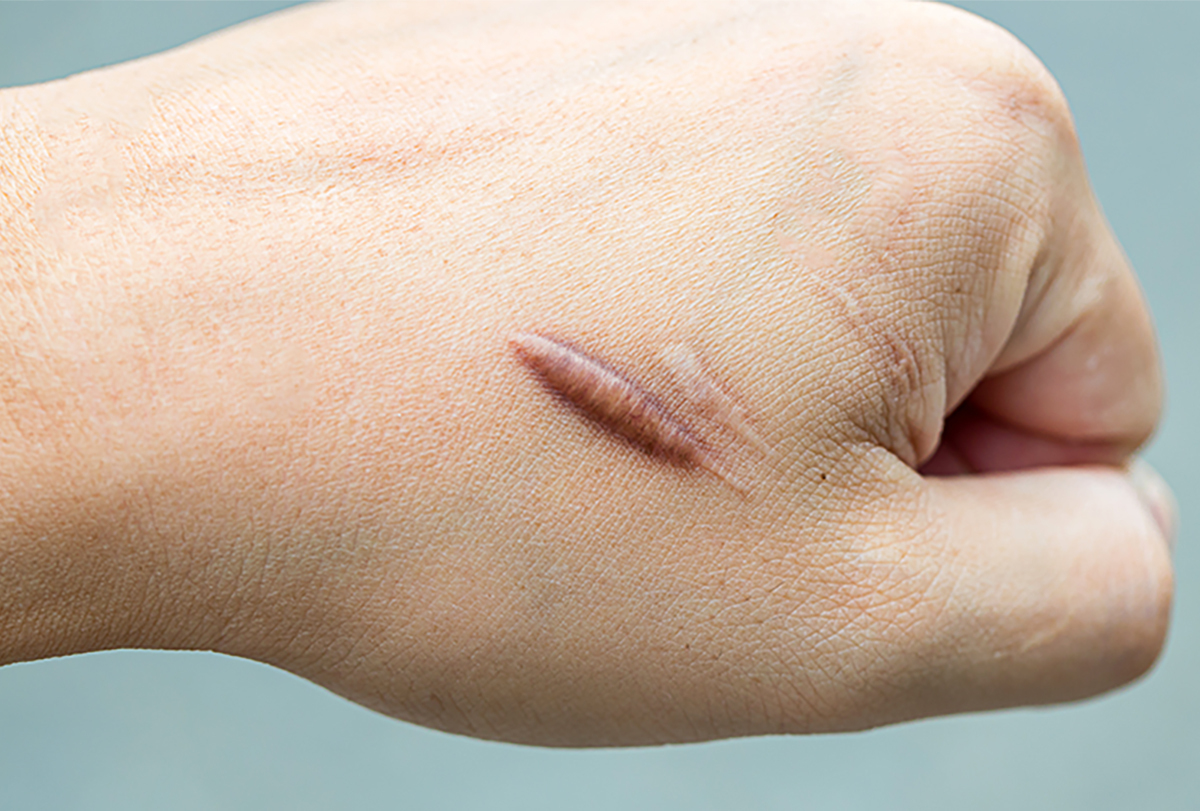
However, the keloid tissues are not limited to the site of trauma and extend beyond that. They may cause itching, pain, and a burning sensation.
Home Remedies to Improve Keloid Scars
A few natural ingredients may help improve the appearance of stubborn scars such as keloids, but bear in mind that these remedies do not offer a permanent cure or complete scar removal.
At best, these home treatments are intended to relieve the symptomatic discomfort associated with keloids, make it less apparent, and keep it from growing further.
1. Use OTC silicone gels
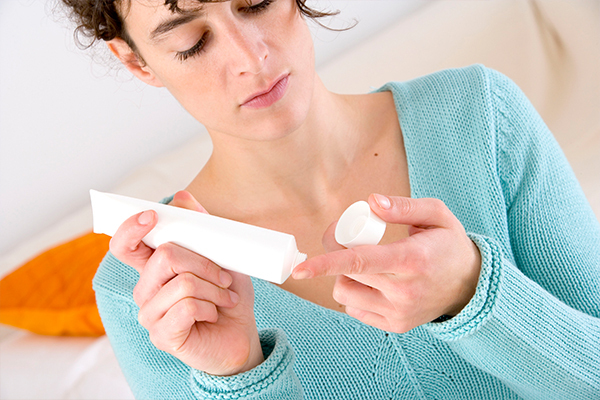
There are various nonprescription silicone gels are available over-the-counter that can help manage keloid scars. (1)(2) Silicone gels are supposed to work by shrinking collagen and repairing broken blood vessels.
How to use: Apply the gel on the affected area and leave for 12 hours or as directed on the ointment. Continue usage for two to four months until the scar lightens.
2. Apply dissolved aspirin
Aspirin is popularly used for the treatment of keloid scars. However, further studies are required to warrant its effect. (3)(4)
How to use: Make a paste of aspirin by crushing a few pills in water and apply on the scar.
3. Dab some apple cider vinegar
The use of apple cider vinegar (ACV) is a popular, purported anecdotal home remedy for keloid scars. However, there are no studies that report its effectiveness.
How to use: Dilute ACV with water and dab it on the affected skin with the help of a cotton ball. Leave it on for a few minutes and rinse. Follow by applying aloe vera gel.
Caution: Make sure to dilute ACV before use. Discontinue usage if it causes irritation or discomfort.
4. Apply tea tree oil
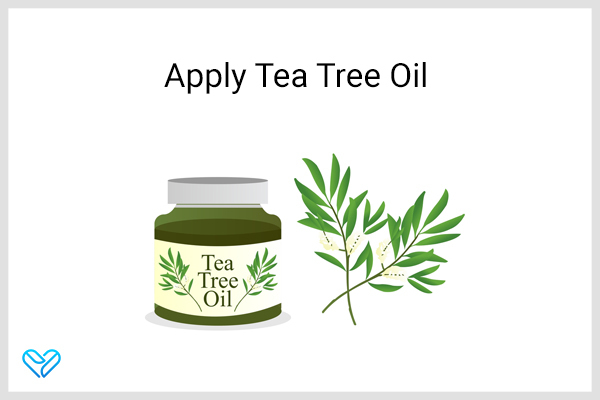
Tea tree oil is generally used to promote the healing of a closed wound. (5)(6) However, people report its effectiveness in treating keloid scars as well.
How to use: Mix a few drops of tea tree oil in coconut oil and apply on the affected area.
5. Massage with honey
Honey is a natural humectant that can help restore moisture to your skin and repair tissue damage if used regularly. Moreover, honey may exhibit a positive antiproliferative effect that curbs the growth of keloid fibers. (7)
How to use: You can gently massage some fresh tualang honey on the scar to improve blood circulation in the area, which may help decrease the accumulation of dead skin cells.
6. Apply garlic paste
The topical application of garlic may help fade scars over time. This claim is hinged upon the ability of garlic to diminish the production of excessive collagen at the site of skin injury, which ultimately results in keloid formation. (8)
How to use: Make a paste of garlic with water or coconut oil and apply on the scar tissue.
7. Use onion extract
The topical administration of onion-extract-based creams on keloids may help flatten the scar to make it less noticeable. (9) This scar-healing potential of onion is attributed to its flavonoids that may help inhibit fibroblast proliferation and excessive collagen synthesis.
How to use: Grind onion to form a paste and apply it on the scar. You may also use onion-extract-containing ointments.
Preventive Self-Care Tips
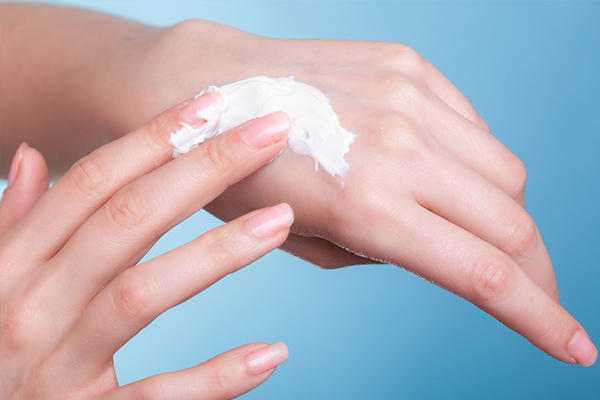
The risk of excessive tissue growth after a skin injury can be minimized with the help of a few self-care or preventative measures:
1. Avoid any kind of trauma to the skin
Getting your skin pierced or tattooed is strictly prohibited. If you can, avoid surgical procedures that may result in such intensive scarring.
2. Treat the injury immediately
If you incur a minor skin injury, prompt treatment will help the damaged tissue heal fast, thereby limiting the extent of scarring and the formation of keloids.
Apply a thin layer of an emollient such as petroleum jelly on top of it and cover the area with a non-stick bandage. It is recommended to change the dressing of the wound daily after cleaning it with antibacterial soap and water.
3. Try pressure therapy
This involves wearing a silicone gel bandage over the wound to exert an even pressure over the area of the scar. You are usually required to keep the bandage on day and night for at least 2 to 3 months.
To that end, if you decide to get an ear piercing, it may be wise to use pressure earrings or Zimmer splints. (10)
Most-Asked Questions About Keloids
Do keloids grow progressively or reoccur?
Keloids result from an increased accumulation of collagen, which can continue for several years, making the scar appear progressively enlarged and raised over time.
In some cases, the scar may become visible more than 3 months after the actual injury, and you cannot rule out the possibility of it coming back even after being treated.
The probability of recurrence tends to be greater after having the scar is surgically removed.
What is the difference between keloids and hypertrophic scars?
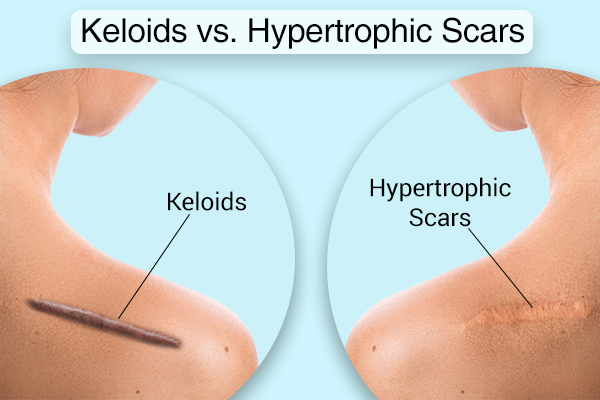
Hypertrophic scars are characterized by increased collagen fibers that become settled in a layer parallel to the dermis.
This type of scarring is usually limited to the site of the injury and tends to fade with time, whereas keloids tend to expand beyond the site of injury and continue to grow over time. Moreover, hypertrophic scars are prevalent in all skin colors and are more common than keloids.
Is the topical application of lemon good for treating keloids?
Lemon has been anecdotally used for the treatment of keloid scars. However, there is no scientific study to support this claim. Moreover, vitamin C is seen to promote collagen production. (11)(12) Therefore, it is best to avoid the use of lemon for keloid scars.
Final Word
Keloids are not harmful to your health. Most people who get treatment for keloids do so because they don’t like the appearance of the scars. Luckily, the treatments that are available can improve the way the keloids look, even if they don’t get rid of the scars completely.

- Was this article helpful?
- YES, THANKS!NOT REALLY


